Bordering the United Arab Emirates and sporting luxury hotels to rival Dubai, Oman remains an enigma content to bask quietly in the shadow of its more showy neighbours. Muscat, the capital, is the springboard to Oman’s natural wonders – its desert landscapes, and the mountain ranges that rise above them – and the Bedu people, desert dwellers who have adapted to the arid conditions.
Most visitors to the Sultanate of Oman touch down in Muscat. Oman’s capital city doesn’t attempt to mimic the high-rise sheen of neighbouring Dubai or the other Gulf cities. It’s more a collection of old fishing villages and ports edging the Gulf of Oman coastline. Among the more modern edifices, traces of Portuguese and Asian influences still remain in the older buildings – architecture that harks back to a time when the city was fought over for foreign rule.
The green orchards of the Jebel Akhdar mountains
Jebel Akhdar translates to Green Mountains, and this imposing inland range is a cooling respite from the desert heat at its feet. The climate up in this elevated position – which rises to 3,075 metres at its tallest peak, Jebel Shams – is akin to the Mediterranean. Terraces are farmed to grow fruits, such as peaches, which wouldn’t withstand the conditions below.
Jebel Akhdar breaks the farmland that runs down to the coast and Muscat from Oman’s Empty Quarter, and thousand-year-old forts and other UNESCO World Heritage sites were built on this strategic vantage point. You can now visit many of these sites after an initiative to restore and reopen them by Oman’s current ruler Sultan Qaboos. We particularly recommend the well-known fort at Bahla, and Jabrin Fort with its brightly painted and decoratively carved cedar wood ceiling.
Walking trails dissect the mountains, and one of the most rewarding is the trek to the abandoned village of Wadi Ghul, which sits below the rim of Oman’s Grand Canyon.
The rose gardens of the Saiq Plateau
The Saiq Plateau is the central formation of the mountains. You can explore the terraces that step the hillsides, where orchards grow fruit and almonds and rose gardens bloom in summer. The petals are pressed and filtered into rose water by the local farmers, and there is the opportunity to visit a local distillery to watch (and smell) this production.
The Alila Jabal Akhdar Resort has a dramatic location overlooking a gorge and makes for an elegant mountaintop retreat as well as a good base for exploring local trails. All rooms have panoramic views, but the outdoor infinity pool is possibly the best place of all for admiring the vistas.
Visit the Nizwa Livestock Market
Each Friday, farmers and their goats, sheep and cattle travel down from their villages in the Jebel Akhdar mountains to barter and trade at the Nizwa Livestock Market. Wandering among the throngs in Nizwa’s main square, you can watch this platform of daily life for the Bedu, traditionally the nomadic peoples who inhabit Arabia’s deserts. Both sexes get stuck in with the haggling, wearing the contrasting attire of long cooling white robes (the dish dash) for the men and bright clothes and intricate face veils for the women.
The historic city of Nizwa
The city of Nizwa, a two-hour drive southwest of Muscat, was Oman’s capital for a brief spell in the 6th and 7th centuries. Its deep-seated Islamic traditions are evident in its many mosques, but perhaps its most obvious feature is the 40-metre-tower of the 17th-century Nizwa Fort.
Nizwa is a much wider trading hub than just a place to swap livestock. In the souq, antiques, spices and crafts fill the stalls and you can buy wares from silversmiths, potters, jewellers and other craftspeople.
Close to central Nizwa, The Falaj Daris has two swimming pools set in landscaped gardens and an outdoor barbecue area. This is the only hotel in town, but we also recommend The Golden Tulip. It’s a 15-20 minute drive away from Nizwa, but in the mountains with a fantastic view. A tasteful property built in the traditional Omani architectural style, all rooms overlook the swimming pool, with the Hajar mountain range in the background.
Camp in the desert in the Wahiba Sands
If you crave solitude, the stretching golden sands of the Wahiba desert, not far from Nizwa and a four-hour drive out of Muscat, are untouched by inhabitants save the scatterings of Bedouin tribes who have made permanent homes around its southern perimeter.
Sunset is, perhaps, the most magical time to be in the midst of these shifting sands, watching the dunes graduate through an extravagant mixture of honey-coloured hues into a deepening crimson before darkness falls.
Camel rides and quad biking in the desert
It’s possible to camp out under the desert sky and sample Bedouin hospitality. The Desert Nights Camp even offers the chance to sleep under canvas without compromising on comfort. Its air-conditioned tents have private bathrooms, bedrooms and lounges. Activities include camel rides and quad biking. We also like its location, nestled between two high sand dunes but easily accessible from the main road.
Believed to be about 6,000 years old, the Sands’ dunes measure up to 80 metres high. The fine-grained sand is ever moving, teased by the wind, and the tracks made by your 4×4 will soon disappear. They make a surprisingly lively habitat for some 150 species of plants and 200 species of animals, including desert foxes and the white-tailed mongoose.
Watch nesting turtles at Ras Al Jinz
Back on Oman’s coast, the Ras Al Jinz Scientific and Visitors’ Centre offers a neat stopping place between the Wahiba Sands and Muscat. The Arabian Peninsula’s most easterly point, the small cove is a hotbed for nesting green turtles which clamber out of the water year round to lay their eggs in dugouts in the golden sand. The most prolific time for egg-laying is between July and September, although this coincides with Oman’s hottest weather.
Green turtles are the largest of all hard-shelled turtles. You’ll be able to watch the females as they each lay somewhere between 100 and 200 eggs, and the resultant hatchlings’ struggle to reach the ocean.
The emphasis of the centre is on conserving the population, and this means any handling is discouraged. When you learn that only 0.01% of all the green turtle babies will survive into adulthood, you start to understand why.
You’ll stay at the only accommodation option, Carapace Lodge, which is part of the centre. As such, it is pretty basic with the choice of rooms or tents. Look at it as a practical option for being close to the turtles, and being able to walk down to the beach to watch them in the early mornings.
With all year round sunshine, Oman offers renowned Arabian hospitality, a traditional culture and unspoiled natural beauty. From the spectacular coastline at Muscat to the imposing rugged interior mountain ranges, Oman is just waiting to be explored.
This post was brought to you by Audley Travel. Audley trips don’t come off the shelf – they’re tailor-made down to the finest detail. When planning a trip with us, you will speak to a destination specialist who has either lived or travelled extensively within the country or region that you are visiting. They will create a bespoke trip based on your tastes, interests and budget and with an absolute commitment to providing quality travel experiences.
Pin It
This article is originally published at Heatheronhertravels.com
This article may contain affiliate links that provide commission on purchases you make at no extra cost to you. As an Amazon Associate I earn from qualifying purchases.

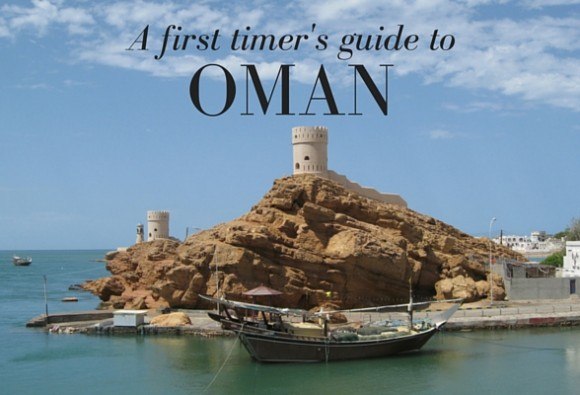
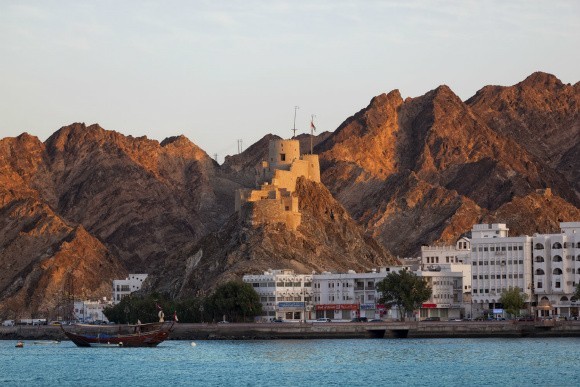
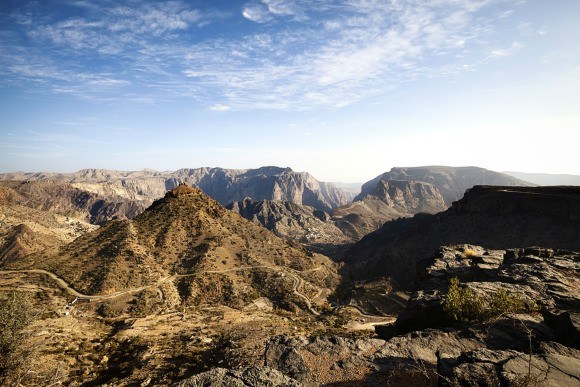
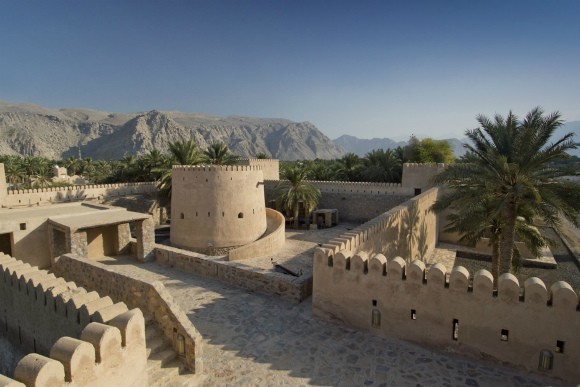
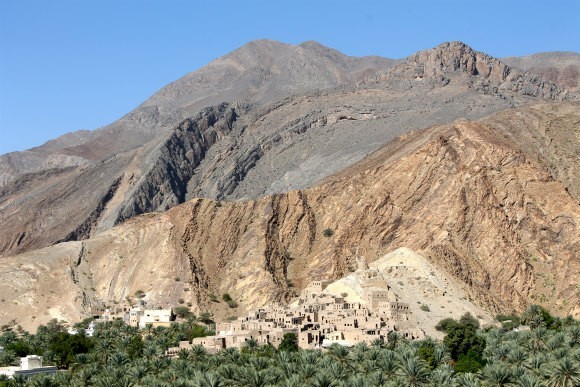
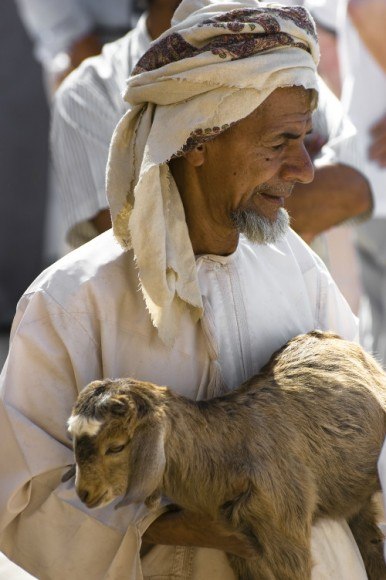
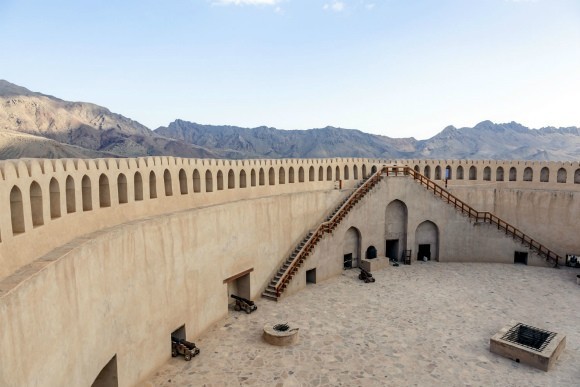
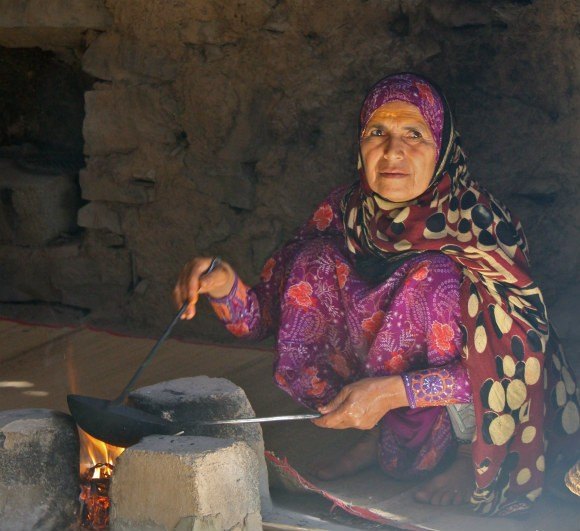
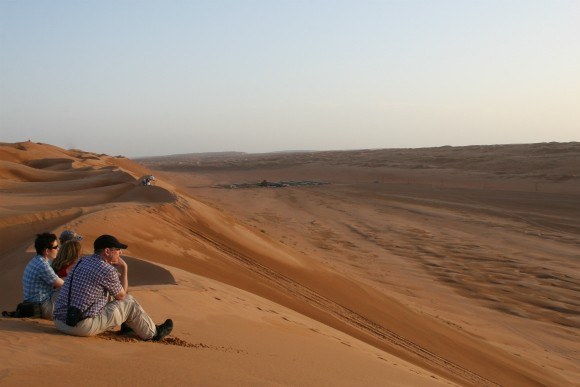
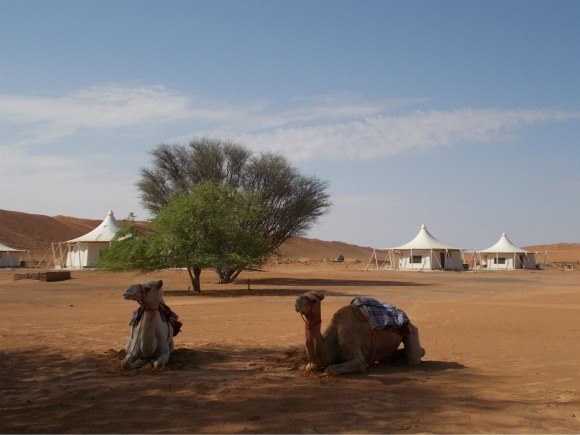
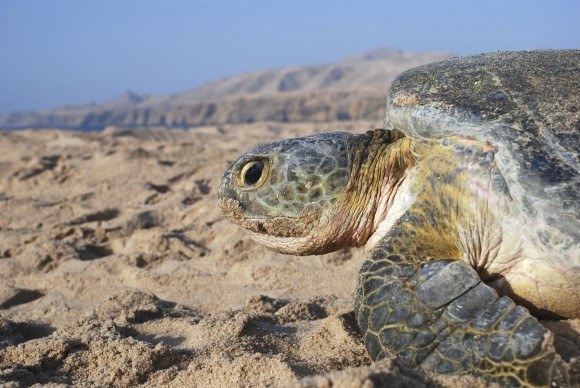
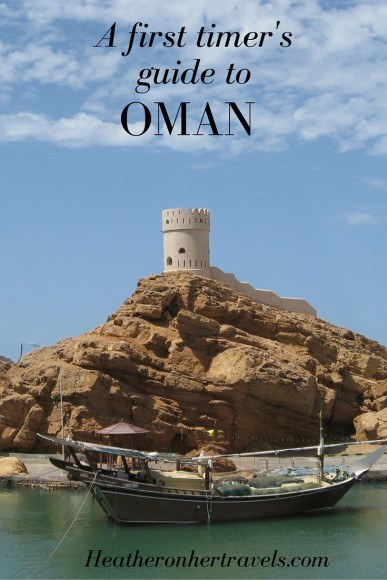

Jamie Hardward
Friday 12th of April 2019
It is a great blog to read out and I found it very interesting to read out so thanks for sharing it with us.
Kristy Lorence
Monday 18th of March 2019
Gorgeous country and gripping write up. I am already planning my trip to Oman. visit Oman https://www.oceanairtravels.com/oman-tours-and-packages
Susan John
Monday 13th of August 2018
I have been to this place twice. there are a lot of hidden gem places in Oman. Wadi Shab is one of those. I simply love this place.
Sofi leen
Friday 7th of July 2017
i agree, You forget list out khasab, Khasab is dubbed “Norway of Arabia”, because of its extensive fjord-like craggy inlets and desolate mountainscapes
Ceanlia
Tuesday 24th of May 2016
Hi
I've just been offered a job in Oman and was reading up on the place when I came across your information... Now I'm excited... Thank you for sharing it and helping me to make up my mind :)
Ceanlia
Heather Cowper
Tuesday 24th of May 2016
@Ceanlia So pleased you found it useful and good luck with your new job